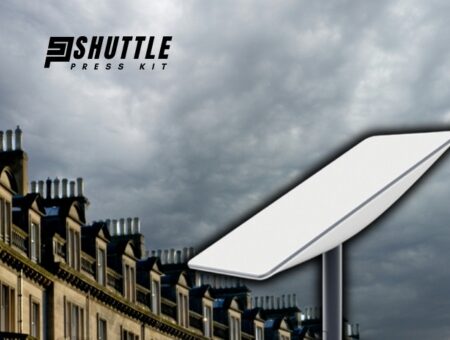Ever wondered if a cloudy sky could mess with your internet? Or whether a windy day means you can’t stream your favorite show without buffering? I’m here to dive into these questions and more.
You see, people are talking about this fancy new satellite internet called Starlink – it’s grabbing all the headlines. But the big question on everyone’s mind is: does Starlink work well in bad weather? That’s what you need to know before switching over, right?
So let’s talk straight – when the skies turn grumpy, with clouds throwing shade or rain pouring down, will my screen go blank? If everything’s getting tossed around by a windstorm outside my window, will my connection stay steady or start flickering like a candle in the breeze?
Understanding How Satellite Internet Works
When I think about the internet, what usually comes to mind is how I can watch videos, send emails, or browse social media.
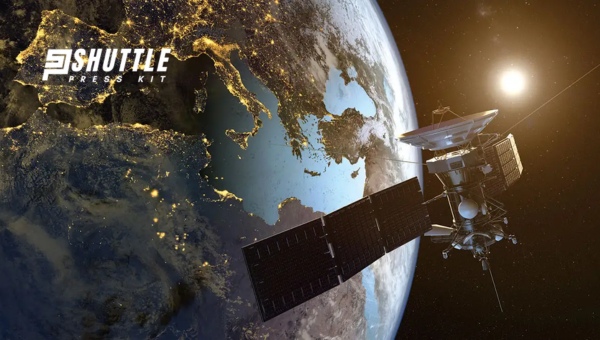
But have you ever stopped to wonder how this magic happens? Is that especially true when we are talking about satellite internet like Starlink? It’s kind of like a space mission for our data. So, let’s break it down into simple words.
Does Starlink Work Well In Bad Weather?
Starlink’s satellite dishes are engineered to function effectively in rainy and overcast conditions. However, during heavy storms, the signal may be impacted, leading to slower connection speeds. In rare instances, severe weather can cause temporary outages in the area.
You might have noticed that sometimes your cell phone has trouble during a big storm, or your TV signal gets all fuzzy. It’s kind of like that with Starlink too.
Let me tell you this – even though bad weather can throw some hurdles at Starlink’s service, these clever satellites and dishes have been designed with some smarts to help them hang through most normal rough patches thrown their way by Mother Nature.
The Basic Principles of Starlink’s Operation
Now, most traditional internet services use cables that run underground or under the sea. They connect from one place to another and send information back and forth. It’s a bit like sending a letter through pipes instead of by hand.
Starlink is different because it uses satellites up in space to deliver the internet to you. Imagine playing catch but over really long distances – that’s pretty much how satellite internet works. The ball is your data (like a movie you want to stream), and the players are the satellites floating high above us in orbit.
Here is what happens: A big dish on Earth sends signals up into space, aiming for one of these satellites. Once the satellite catches this signal, it shoots it back down to your home dish – which I think of as my personal mini-satellite dish – sitting nicely outside my house.
Why is this so cool? Now, even places where laying cables would be super hard – like mountains or remote islands – can join in on all the fun of watching cat videos online! Plus, since Starlink has lots of these satellites that are much closer than traditional ones (we call this low-Earth orbit), it means less waiting time when you click on something. Less wait always makes me happy.
Bad Weather and Its Impact on Starlink
When it comes to using the internet, most of us are pretty used to it just working without much trouble.
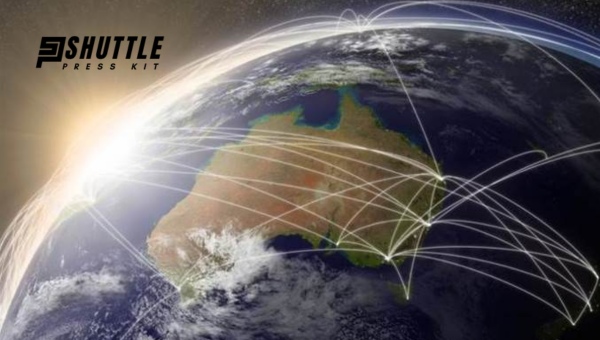
That’s why it’s important to think about how things like bad weather can make a difference in our connection, especially when we’re talking about something like Starlink, which is pretty new for a lot of folks.
Weather Elements That Can Affect Starlink Performance
Let’s break down what we mean by bad weather and see how each part could mess with your browsing or streaming.
- Clouds: Believe it or not, regular clouds typically don’t cause too much drama.
- Wind: Lots of wind might shake things up a bit and, in rare cases, might move your dish if it isn’t set up super well.
- Rain: Now, this one can be tricky; heavy rain could make your connection weaker for a little while (technicians call this “rain fade”).
- Snow: If snow piles up on your dish, that signal will go nowhere until you clear it off!
- Sleet/Ice: Kinda like snow; if ice sticks to the dish—it’s the same problem.
- Fog: Usually, fog isn’t thick enough to really mess things up.
All these elements do pose potential challenges for satellite-based services like Starlink because they can block or weaken the signals zipping back and forth between the satellites zooming around Earth and your dish at home.
Mind you, I’m talking about those really tough days when Mother Nature seems extra grumpy—not just an average drizzle or a bit of wind rustling through the trees.
Also Read: How to Sign Up For Starlink Internet In Simple Steps?
The Performance of Starlink in Different Weather Conditions
When I talk about how Starlink does when the weather turns bad, there are a few key things we need to consider.
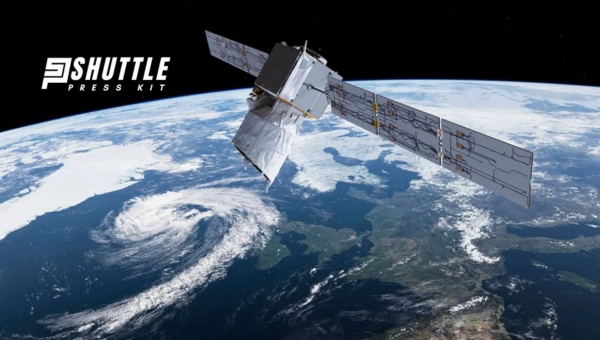
People often ask, “Does Starlink work well in bad weather?” Let’s dive into what happens when clouds, winds, rain, and snow try to get in the way.
Cloudy Conditions
Clouds are like big fluffy obstacles for signals trying to get from space down to us on Earth. But here’s the thing: Starlink is designed to deal with clouds.
Sure, thick cloud cover might make it sweat a little more than usual, but generally speaking, it holds up pretty well under cloudy skies. That means even on overcast days; you should still be able to binge-watch your favorite shows without too many hiccups.
Windy Situations & Can The Dish Withstand High Winds?
Now let’s think about wind. When it gets really gusty outside, trees sway and things can get knocked over. You might wonder if your Starlink dish can stand up against strong winds without getting pushed out of place.
In my experience, they’ve anchored this dish down pretty solidly — it’s made to handle typical windy scenarios without losing its cool or its signal.
Rainy Days Impact
When rain starts pouring down like there’s no tomorrow, that’s when some people start worrying about their internet connection going kaput. Rain can indeed weaken your internet signal — that’s just how water and technology mix (or don’t mix).
However, the tech inside that fancy-looking Starlink dish is smart enough to fight through a reasonable amount of rain so you can carry on as normal mostly. And if you’re concerned about whether the dish itself can survive a shower — don’t fret! It’s waterproof!
Snowfall Scenarios – From Flurries to Blizzards
Last but not least: snow! If light snow lands softly on your dish or dances around in the air — it’s no big problem for Starlink most times. However, yes –- heavy snow piling up on your dish? That could block its view of those satellites zipping around Earth and mess with your connection until you tidy it off.
So, while a gentle white winter wonderland outside won’t hurt your chances of streaming videos by the fireplace inside, an all-out snowy assault will call for some action – like clearing off that satellite dish so it can see a clear sky again!
Effect of Extreme Weather Phenomena on StarLink
When it comes to extreme weather, I know many people are worried about how it can affect their gadgets and services, including their satellite internet.
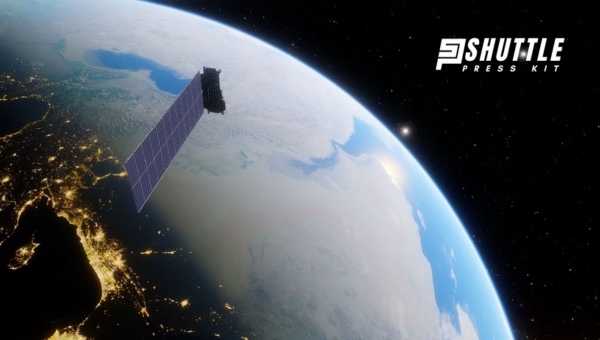
With a service like Starlink, let’s talk about two big concerns: lightning strikes and whether the dish can stand really hot or cold temperatures.
Have You Heard About Lightning Striking Dishes?
Imagine a wild storm outside with lightning crackling across the sky. A bolt of lightning is powerful and can be scary. Now, you might wonder, “Can lightning hit my Starlink dish?” The truth is that, like any other object, yes, it might get struck by lightning. However, this is a rare event.
But here’s some good news – these dishes are made with events like this in mind. They’re designed to handle tough conditions. However, I must say that if a direct strike happened (which does not occur often), it would likely cause damage to your dish.
For safety, make sure your installation follows basic guidelines and local codes for grounding and surge protection. This just means there are safeguards in place so that nothing bad happens if lightning strikes near your home or even directly at the dish.
Let’s Talk About Hot and Cold
Now, let’s chat about temperature – another topic folks ask me about when it comes to their satellite dishes from Starlink. You might live somewhere really hot or maybe where winters feel extra long because of all the snow and ice.
Those extreme temperatures stir up questions like “Will my dish work when it’s boiling outside?” or “Can it deal with sub-zero chill?”
Here’s what I’ve learned: These dishes have been tested in all kinds of weather conditions – real hot ones and freezing cold ones, too – so they’re made tough enough to keep working even when Mother Nature throws her worst at them.
Of course, no piece of equipment is indestructible; there might be situations where right on the edge of those temperature extremes could pose challenges for any electronic device.
Always remember that keeping an eye out for how your equipment is handling those changes in weather helps big time. But generally speaking? Your Starlink should stay strong without too much fuss through sizzling summers and frost-filled winters alike.
Also Read: Starlink’s Median Latency: Key Insights and Analysis
Strategies to Minimize Adverse Impacts of Bad Weather
Bad weather can be a real problem for satellite dishes, including the likes used by Starlink.
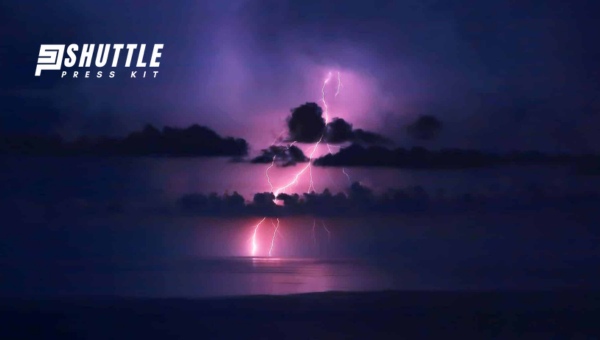
However, there are steps I can take to make sure my service stays as good as possible when the weather takes a turn for the worse. Let’s dive into some strategies.
Importance Of Proper Dish Installation and Positioning
First things first: installing the dish correctly is key. One of the most important parts of installing any satellite dish is making sure it’s pointing in the right direction – North.
This can really help signal quality because satellites that Starlink uses are usually positioned over Earth’s equator. By having my dish face North, there’s less likely to be anything in the way to block or bounce off signals.
It’s not just about pointing it North, though; I also have to make sure it’s got a clear view of the sky. It shouldn’t be hidden under trees or tucked behind buildings because these obstructions could disturb clear communication with satellites up in space.
Cleaning Snow and Debris from Your Dish
Next up is maintenance, like cleaning snow and debris off my dish. It sounds simple, but trust me, it matters! If snow piles up on that dish, it could block signals coming down from space – which means I could end up with slow internet or even none at all.
Now, does this mean I need to be out there every hour when it’s snowing? Not really. But after heavy snowfall, taking a moment to remove any buildup carefully will go a long way in keeping things running smoothly. And while we’re at those cleanups – taking off leaves, branches, or bird nests (yes, they do happen!) is just as important.
Keeping Line of Sight obstruction-free
The golden rule here is to keep that line of sight between my dish and those far-away satellites nice and clear – think of unbreakable eye contact! That means regularly checking around for any new tree branches growing over where my dish points or if there’s been new construction that might block its path.
And are trees growing near where my dish is set up? It might be time for a trim or even considering moving your setup somewhere with an always-clear view. The same goes for building structures; sometimes, shifting things around at home so that windows don’t reflect light onto your setup can make all the difference.
By setting things up properly from day one and giving regular attention after that – aligning my satellite dishes correctly toward clearer skies in the north, keeping them well-maintained against nature’s leftovers like snow and leaves—believe me when I say these little details add up big time.
Also Read: Starlink vs Fiber: A Battle for High-Speed Internet Connectivity
FAQs
Is Starlink reliable in bad weather?
Starlink can work in bad weather, but heavy clouds, rain, or snow might cause temporary drops in speed or short outages.
Is Starlink slower in the rain?
Yes, during heavy rainfalls, Starlink’s signal can weaken, which might slow down your internet connection.
Is Starlink good in the wind?
Starlink dishes are designed to withstand normal winds. But very high winds could potentially cause alignment issues affecting the service.
Is satellite Internet affected by weather?
Absolutely. Weather conditions like storms and clouds can impact the performance of satellite internet systems like Starlink.
Also Read: Is 100GB Of Internet Data Enough? Explore Now!
Conclusion
Starlink is a robust satellite internet technology that has been built to endure various weather conditions. However, like any other similar technologies, it does face some challenges when the weather turns bad.
While cloud cover and wind might not severely impact the service, heavy rain, and snow can lead to signal degradation. Lightning and extreme temperatures could potentially damage your dish without proper precautions.
To ensure you get the best out of your Starlink Internet during bad weather conditions, it’s crucial to have your dish correctly installed in an ideal position—most preferably aiming north—and regularly maintained.
This ensures that issues such as signal obstruction by trees or buildings are minimized or avoided completely. Regular removal of debris like snow is also a smart measure for maintaining strong signal quality.
